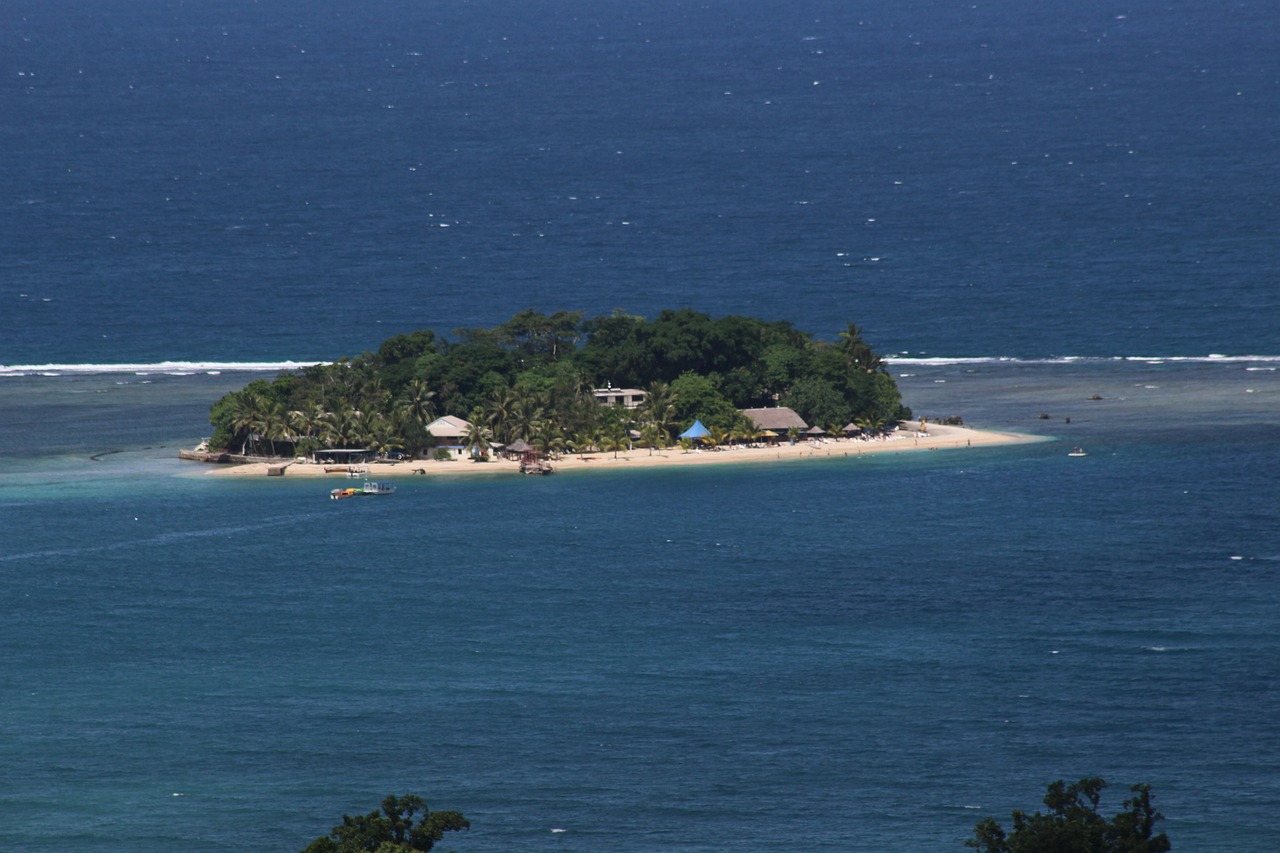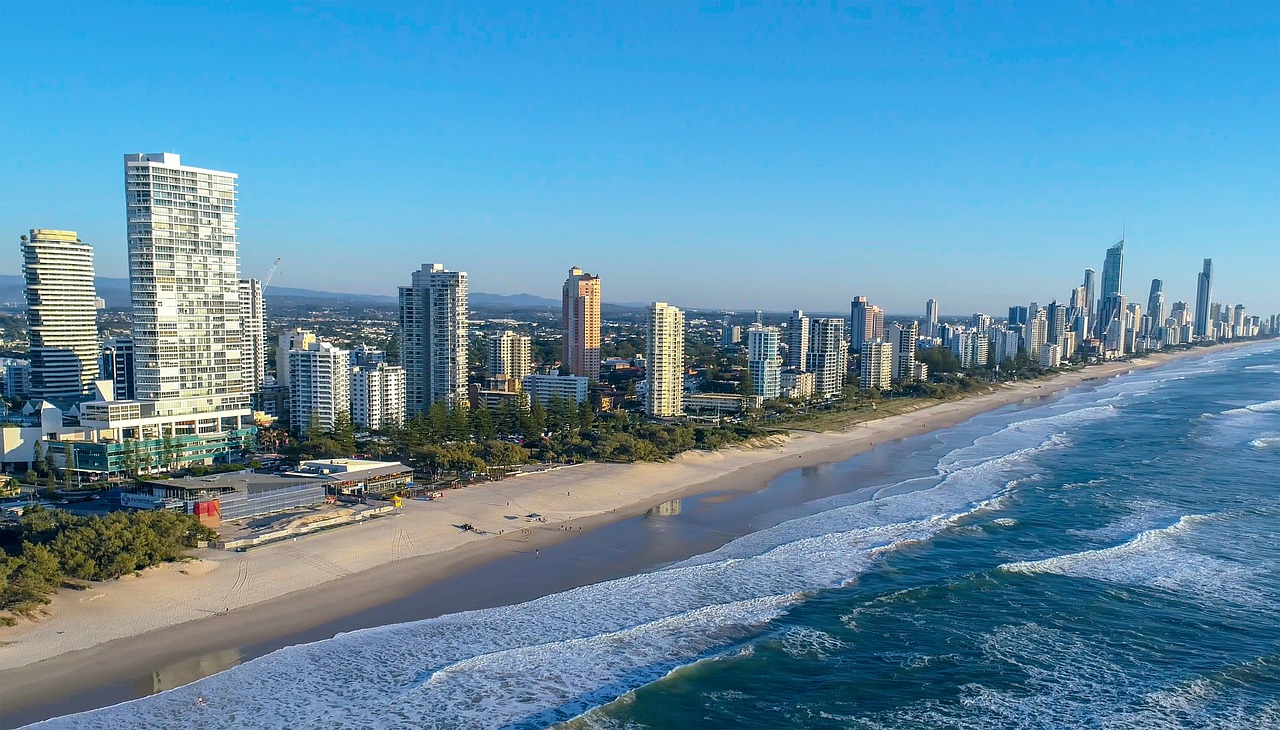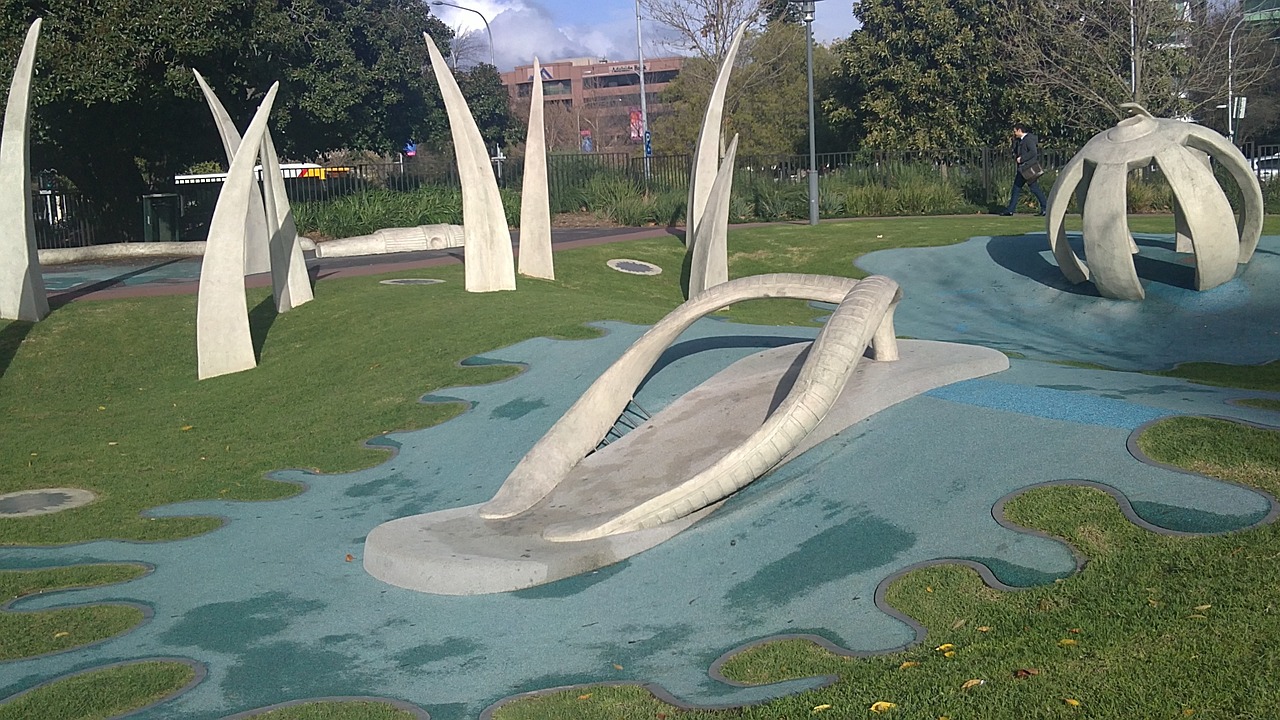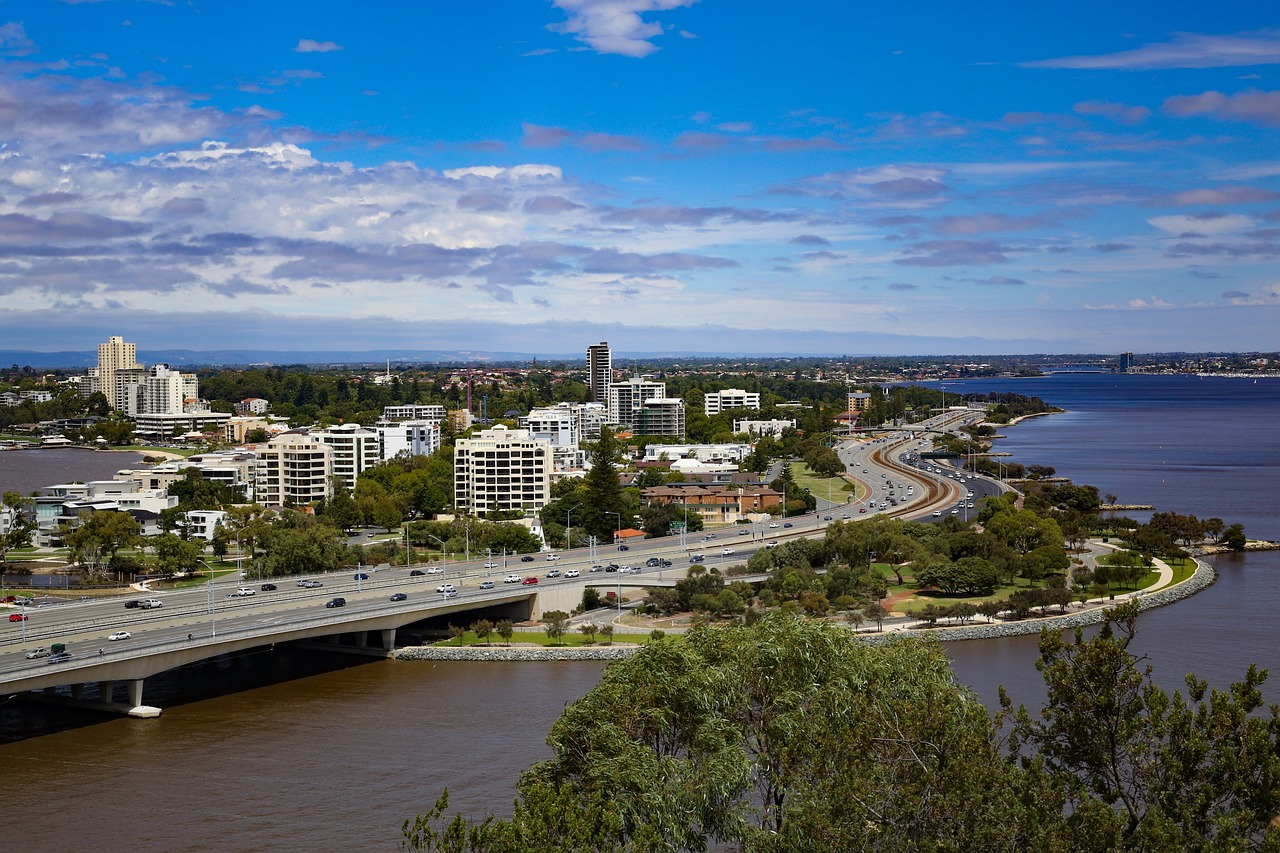Vanuatu is a small island nation located in the South Pacific Ocean. It is made up of 83 islands and is located east of Australia, northeast of New Caledonia, west of Fiji, and southeast of the Solomon Islands. Vanuatu is known for its stunning natural beauty, including white sand beaches, crystal-clear waters, lush rainforests, and active volcanoes. It is also home to a unique and vibrant culture, with a mix of traditional Melanesian customs and more modern influences. The official languages of Vanuatu are Bislama, English, and French.
Short History
The history of Vanuatu is rich and complex, dating back thousands of years to when the islands were first settled by Melanesian tribes. The first European to discover Vanuatu was the Portuguese explorer Pedro Fernandes de Queirós in 1606, but it wasn’t until the late 18th century that European colonization began. In 1906, the islands became a French colony and were later ruled jointly by the French and British. Vanuatu finally gained independence in 1980.
Throughout its history, Vanuatu has faced numerous challenges, including colonization, World War II battles, and natural disasters such as cyclones and volcanic eruptions. Despite these challenges, the people of Vanuatu have remained resilient, preserving their cultural traditions and adapting to changing times. Today, Vanuatu is known for its commitment to sustainable development and ecotourism, as well as its rich cultural heritage.
Architecture
Vanuatu is home to a variety of architectural styles that reflect its diverse cultural heritage. Traditional Melanesian architecture is characterized by the use of natural materials such as wood, thatch, and bamboo. Houses are often built on stilts to protect against flooding and to allow for air flow. The Nakamal is a traditional meeting place or community center that is often used for ceremonies and social events.
During the colonial era, European-style buildings such as churches, government buildings, and plantation houses were constructed. These buildings often incorporated local materials and design elements. Today, modern architecture has also made its way to Vanuatu, with new buildings and infrastructure being built to support the growing tourism industry.
One notable example of Vanuatu’s architecture is the Vanuatu Cultural Centre in Port Vila, which features a mix of traditional and modern design elements. The building includes a traditional Nakamal, exhibition spaces, and a library. Another example is the Chief Roi Mata’s Domain, a UNESCO World Heritage Site that includes several ancient sites with traditional architecture, including a banyan tree platform and a stone wall.
Museums and Galleries
Vanuatu is home to a rich cultural heritage. While there are not many museums and galleries in Vanuatu, there are several that showcase the country’s history and art.
- Vanuatu Cultural Centre: This museum in Port Vila features a collection of artifacts and exhibits that highlight the cultural heritage of Vanuatu.
- National Museum of Vanuatu: Located in Port Vila, this museum showcases the history and culture of the country through its exhibits and artifacts.
- The Vanuatu Women’s Centre: This cultural center in Port Vila showcases the traditional weaving and handicrafts of Vanuatu’s women.
- Coongoola Day Cruise: A unique way to experience the culture of Vanuatu is by taking a day cruise that includes a visit to a traditional village and a kava ceremony.
- Ekasup Cultural Village: This cultural village in Port Vila offers visitors a chance to experience traditional Vanuatu customs, such as dancing, singing, and traditional dress.
- Gallery Gondwana: This art gallery in Port Vila features contemporary art by Pacific artists, including those from Vanuatu.
- Lelepa Island Cultural Tour: This tour takes visitors to Lelepa Island, where they can experience traditional Vanuatu customs and visit important cultural sites.
While there may not be a large number of museums and galleries in Vanuatu, the ones that do exist offer unique insights into the country’s rich cultural heritage. From traditional weaving and handicrafts to contemporary art and cultural tours, there are many ways to experience Vanuatu’s unique culture.
Landmarks and Monuments
Vanuatu is home to a diverse range of natural landmarks and cultural monuments. From active volcanoes to historic sites, here are some of the most interesting landmarks and monuments to visit in Vanuatu.
- Mount Yasur: This active volcano on Tanna Island is one of the most accessible in the world, and visitors can take guided tours to the crater rim to witness the explosions and lava flows.
- Millennium Cave: This natural wonder on Espiritu Santo Island is a spectacular underground limestone cave system that features waterfalls, rivers, and stunning rock formations.
- Port Vila Market: This bustling open-air market in the capital city of Port Vila is a great place to experience the local culture, sample traditional foods, and shop for souvenirs.
- Ekasup Cultural Village: This traditional village in Port Vila is home to the Ekasup tribe and offers visitors a chance to experience traditional customs and cultural performances.
- SS President Coolidge: This historic shipwreck off the coast of Espiritu Santo Island is one of the most popular dive sites in Vanuatu, featuring intact artifacts and a fascinating history.
- Nanda Blue Hole: This stunning blue lagoon on Espiritu Santo Island is a popular spot for swimming, snorkeling, and picnicking.
- Chief Roi Mata’s Domain: This cultural site on Efate Island is a UNESCO World Heritage Site that includes the tomb of a famous Melanesian chief and several related archaeological sites.
Vanuatu’s natural beauty and cultural heritage are reflected in its diverse range of landmarks and monuments. From volcanoes to shipwrecks, traditional villages to historic sites, there are many fascinating destinations to explore in this unique island nation.
Parks and Green Spaces
As an archipelago of 83 islands, Vanuatu is home to a diverse range of landscapes and ecosystems, from volcanic mountains to tropical rainforests and coral reefs. Here are some of the most notable parks and green spaces worth visiting in Vanuatu:
- Mele Cascades – a stunning series of waterfalls surrounded by lush vegetation, just a short drive from the capital Port Vila.
- Vanuatu Cultural Centre – featuring an extensive botanical garden showcasing traditional plants and medicinal herbs used by the island’s indigenous communities.
- Loru Conservation Area – a protected rainforest reserve on Espiritu Santo island, home to rare bird species and a popular spot for hiking and birdwatching.
- Hideaway Island Marine Reserve – a protected marine sanctuary just a short boat ride from Port Vila, offering excellent snorkelling and diving opportunities.
- National Park of Malakula – a vast protected area covering over 400 square kilometres of forests, wetlands and mangroves on the island of Malakula.
- Ekasup Cultural Village – a traditional village on the outskirts of Port Vila, showcasing local customs and handicrafts amid beautiful tropical surroundings.
- Pele Island – a secluded island with pristine beaches and crystal-clear waters, accessible by boat from Efate island.
Whether you’re interested in hiking, snorkelling, or simply enjoying the natural beauty of Vanuatu, there are plenty of parks and green spaces to explore across the archipelago. From waterfalls and rainforests to marine sanctuaries and cultural villages, Vanuatu’s natural and cultural heritage is sure to impress.
Shopping Districts
Vanuatu is an island nation located in the South Pacific Ocean, known for its beautiful beaches, coral reefs, and stunning natural landscapes. While it is not known for its shopping, there are still a few areas worth visiting for those who enjoy shopping. Here are some of the most popular shopping districts in Vanuatu:
- Port Vila Market: This bustling market in the capital city of Port Vila offers a wide range of goods, including fresh produce, crafts, and souvenirs.
- Handicraft Market: Located near the Port Vila Market, this market specializes in local handicrafts, such as carvings, textiles, and jewelry.
- Tana Russet Plaza: This shopping center in Port Vila features a variety of stores selling clothing, electronics, and other goods.
- Nambawan Supermarket: A popular supermarket chain with locations throughout Vanuatu, offering a range of groceries and household items.
- Au Bon Marche: Another popular supermarket chain, with locations in Port Vila and other cities throughout Vanuatu.
Overall, while shopping may not be the main draw for visitors to Vanuatu, there are still a few areas where you can find unique souvenirs and local products.
Food and Drink
Vanuatu has a unique cuisine that blends the traditional dishes of Melanesian, French, and British cultures. Here are some of the top foods and drinks to try while in Vanuatu:
- Lap Lap: A traditional dish made with taro or yam, coconut cream, and meat or fish, wrapped in banana leaves and cooked in an earth oven.
- Tuluk: A type of sausage made with ground meat, onion, garlic, and spices, often served with yam or taro.
- Coconut Crab: A local delicacy, this large crab is prized for its sweet, tender meat.
- Island Fruit: Vanuatu is home to a variety of exotic fruits, such as pawpaw, pineapple, mango, and passionfruit.
- Kava: A popular drink made from the roots of the kava plant, which is known for its calming and relaxing effects.
- Tusker Beer: A local beer brewed in Vanuatu, named after the country’s national symbol, the tusked boar.
- Coconut Water: Fresh coconut water is readily available in Vanuatu and is a refreshing and hydrating beverage.
Vanuatu offers a unique culinary experience that combines traditional island flavors with French and British influences. Don’t miss the opportunity to try some of the delicious local dishes and beverages during your visit.
Transportation
Vanuatu is an archipelago in the South Pacific, and the best ways to move around depend on which island you are on. The main islands of Efate and Santo have more developed transportation infrastructure than the outer islands.
On Efate, the capital city of Port Vila has a bus system that is relatively affordable and can take you to different parts of the island. Taxis and rental cars are also available but can be more expensive.
On Santo, taxis and rental cars are the most common modes of transportation. The island is large, so renting a car is recommended if you want to explore outside of the main town of Luganville.
For inter-island travel, Air Vanuatu offers flights between the main islands, and there are also smaller airlines that operate between some of the outer islands. Boat transport is also available, but schedules can be irregular.
It’s important to note that some of the outer islands have limited transportation options and may require more planning ahead of time.
Safety
Vanuatu is generally considered a safe country for travelers. However, like any destination, it’s important to take precautions to ensure your safety. Petty crime can occur, particularly in Port Vila, so it’s important to take care of your belongings and avoid carrying large sums of money or valuable items.
Vanuatu is also prone to natural disasters such as cyclones, earthquakes, and volcanic eruptions. Travelers should monitor local news and weather reports and follow the advice of local authorities in the event of an emergency.
Overall, Vanuatu is a peaceful and welcoming country, and travelers are likely to have a safe and enjoyable experience as long as they take necessary precautions and stay aware of their surroundings.
Expensive or Cheap
Vanuatu can be quite expensive compared to other destinations in the South Pacific. The cost of accommodation, food, and activities can be high, particularly on the main island of Efate and in the popular tourist areas of Port Vila and Espiritu Santo.
However, there are also budget options available, particularly on the outer islands of Vanuatu. Travelers can find more affordable accommodation and dining options by venturing off the beaten path and exploring some of the more remote areas of the country.
In general, Vanuatu can be an expensive destination for travelers, but with some careful planning and budgeting, it’s possible to have an enjoyable experience.
Best Time to Travel
The best time to visit Vanuatu is during the dry season, which runs from May to October. During this time, the weather is generally dry and sunny, with lower humidity and cooler temperatures. The months of June to August are particularly popular, as they offer the most consistent weather conditions for outdoor activities like diving and snorkeling.
However, it’s worth noting that Vanuatu is a tropical destination, and even during the dry season, there can still be occasional rainfall or storms. The wet season, which runs from November to April, can be hot and humid, with the occasional tropical cyclone.
Overall, the best time to visit Vanuatu depends on your preferences and the activities you plan to do. If you’re looking for the best weather for outdoor activities, the dry season is a great choice. However, if you’re looking for more affordable prices and don’t mind the occasional rain shower, the wet season can also be a good option.
Date Ideas
Here are some possible options for couples looking for unique and romantic activities in Vanuatu:
- Island hopping: Take a boat or a helicopter tour to explore the archipelago’s numerous islands and discover secluded beaches, crystal-clear waters, and marine life.
- Sunset dinner cruise: Enjoy a romantic dinner aboard a traditional Melanesian outrigger canoe while watching the sunset over the Pacific Ocean.
- Snorkeling or diving: Vanuatu has some of the world’s best dive sites, where you can explore colorful coral reefs, shipwrecks, and underwater caves.
- Horseback riding: Take a horseback ride through lush tropical forests, along deserted beaches, or across rolling hills.
- Visit the local markets: Experience Vanuatu’s vibrant culture and taste the local cuisine by visiting the bustling markets, where you can sample fresh fruits, vegetables, seafood, and handicrafts.
- Attend a traditional dance performance: Witness the beauty and energy of Vanuatu’s traditional dances, accompanied by live music and costumes made of natural materials.
- Take a hike: Vanuatu’s rugged terrain offers plenty of opportunities for hiking and trekking, with scenic trails leading to waterfalls, volcanic craters, and panoramic viewpoints.
- Relax in a natural spa: Vanuatu is home to several natural hot springs and mud pools, where you can rejuvenate your body and soul while enjoying the stunning natural surroundings.
- Attend a local festival: Vanuatu hosts many festivals throughout the year, celebrating its unique culture, history, and traditions.
- Explore the local history and culture: Visit museums, historical sites, and traditional villages to learn about Vanuatu’s fascinating past and present.
Fun and Interesting Facts
Vanuatu is known for its stunning natural beauty, rich culture, and friendly people. Here are some fun and interesting facts about Vanuatu:
- Vanuatu is made up of over 80 islands, with only a few of them being inhabited.
- The official languages of Vanuatu are Bislama, English, and French.
- Vanuatu is known for its active volcanoes, including the popular Mount Yasur on the island of Tanna.
- The traditional kastom (custom) culture of Vanuatu is still practiced by many locals, including the wearing of grass skirts and the drinking of kava.
- Vanuatu is one of the few countries in the world where you can still witness land diving, a traditional ceremony where men jump from a tower with vines tied to their feet.
- The currency used in Vanuatu is the vatu.
- Vanuatu is a popular spot for scuba diving and snorkeling, with its clear waters and abundant marine life.
- Vanuatu is home to the largest concentration of languages in the world, with over 110 different languages spoken.
- The local cuisine in Vanuatu includes dishes such as laplap (a traditional dish made with grated yam and coconut milk) and island-style barbecue.
- Vanuatu was ranked as the happiest country in the world in the Happy Planet Index in 2006.
In conclusion, Vanuatu is a unique and fascinating destination that offers a blend of adventure, culture, and relaxation in a beautiful island setting.



